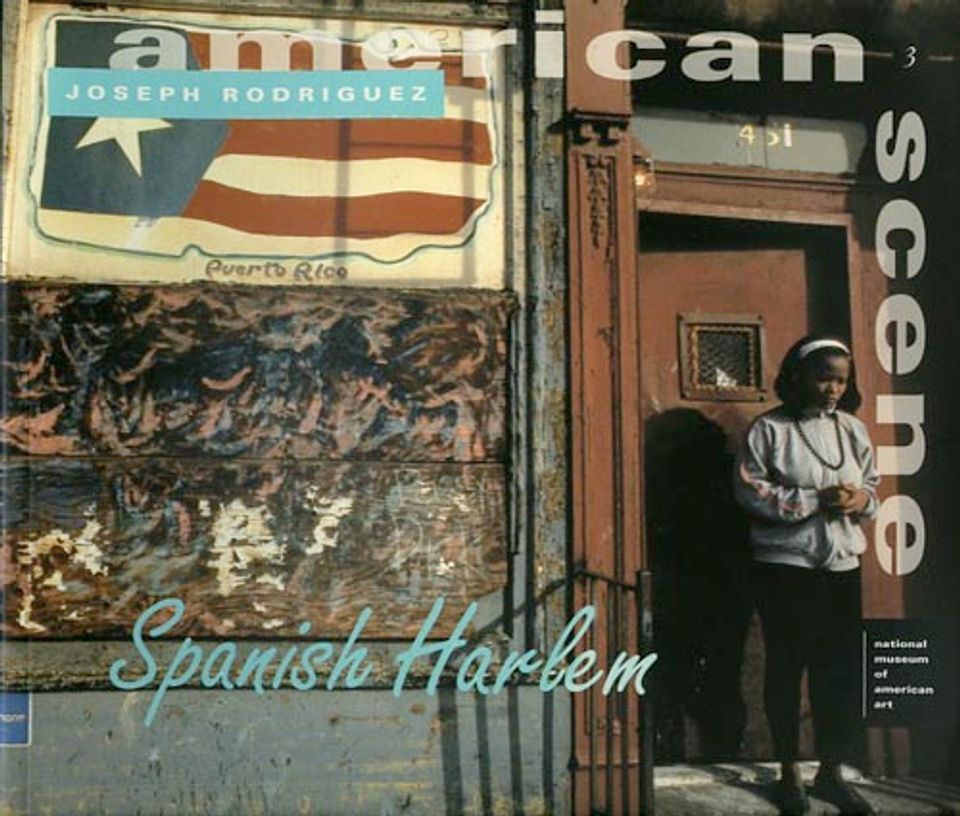Artist
Joseph Rodríguez
born New York City 1951
- Biography
Photographer who captures people in the context of their culture and locale. Subjects have included the Kurdish people of southeastern Turkey, street children in Mozambique, Africa, and the everyday life of people who live in Spanish Harlem, New York.
Nora Panzer, ed. Celebrate America in Poetry and Art (New York and Washington, D.C.: Hyperion Paperbacks for Children in association with the National Museum of American Art, Smithsonian Institution, 1994)
Works by this artist (1036 items)
Exhibitions
October 25, 2013–March 2, 2014
Our America: The Latino Presence in American Art presents the rich and varied contributions of Latino artists in the United States since the mid-twentieth century, when the concept of a collective Latino identity began to emerge.















